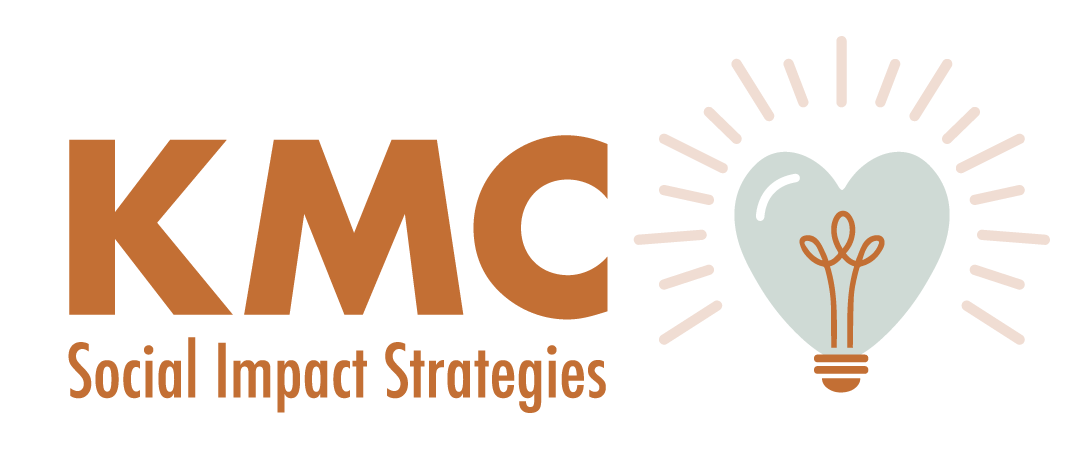Storytelling for Impact: Insights from Our Workshop with IEHP Foundation
On May 22, KMC Social Impact Strategies had the privilege of leading a “Storytelling for Impact” workshop for over 100 nonprofit professionals, hosted by the IEHP Foundation. The energy in the room was electric as mission-driven leaders came together to strengthen one of their most potent tools: storytelling.
Our session provided practical strategies to help organizations craft narratives that resonate with funders, legislators, and the communities they serve. We explored how stories can inspire individuals to take action, shift perspectives, and drive meaningful change when told with purpose, clarity, and authenticity.
Key Takeaways for Impact-Driven Storytelling
The workshop centered around foundational principles that every nonprofit can apply to elevate its storytelling efforts:
1. Show, Don’t Tell
Don’t just list accomplishments — illustrate them with real people, moments, and emotions. The power of storytelling lies in making the intangible tangible.
2. Jargon = Confusion
Acronyms and insider language build walls, not bridges. Great stories are accessible, understandable, and human.
3. Storytelling is a Leadership Practice for Everyone
From executives to program staff, everyone in your organization plays a role in shaping and sharing your narrative. Storytelling is a strategic, not supplementary, function.
4. Define Individuals by Their Strengths and Aspirations
Too often, stories define people by what they lack. Instead, focus on who they are, what they dream of, and how your organization helps them move toward that vision.
5. Consent is Not Ongoing
Telling someone’s story is a responsibility. Revisit consent regularly; what was once shared willingly may no longer feel safe or be appropriate over time.
6. Work Smarter, Not Harder — Repurpose Content
Content doesn’t have to be created from scratch every time. One powerful story can be shared across newsletters, social, grant reports, and beyond.
7. If You Haven’t Measured It, You Can’t Improve It
Track what stories are shared, where they go, and how they perform. This data helps refine your strategy and provides a deeper understanding of your audience.
8. You Are a Story Partner, Not a Story Holder
Organizations are not entitled to the stories of those they serve. Approach each narrative with humility, partnership, and a commitment to ethical practices.
9. K.N.O.W. Your Audience
An actionable acronym to keep your storytelling strategic:
Keep track of your audiences
Note shared values and needs
Observe traits and behaviors
Where and how do they engage?
Learning from Each Other
A heartfelt thank you to the nonprofit communicators who openly shared their experiences with storytelling within their organizations. Special thanks to Enid Portuguez, Communications Director at IEHP, and Amanda Turek Bell, Chief Development Officer from A Greater Hope, for offering thoughtful, real-world examples of how stories are identified, shaped, and stewarded with care by their organizations.
These stories of practice, from storytelling frameworks to consent protocols, grounded the workshop in the real, day-to-day experiences of nonprofit communication work. The workshop included many opportunities for individual reflections and group/peer sharing conversations, which enriched the dialogue and served as a reminder that we are stronger when we share and learn together.
Storytelling is a leadership practice and a bridge between values and action. At KMC Social Impact Strategies, we’re proud to walk alongside purpose-driven organizations that craft compelling narratives, fostering deeper connections and greater impact.
Thank you again to the IEHP Foundation for hosting this workshop, and to all who participated for showing up with curiosity, courage, and a commitment to learning.
Let’s keep telling better stories, together.
